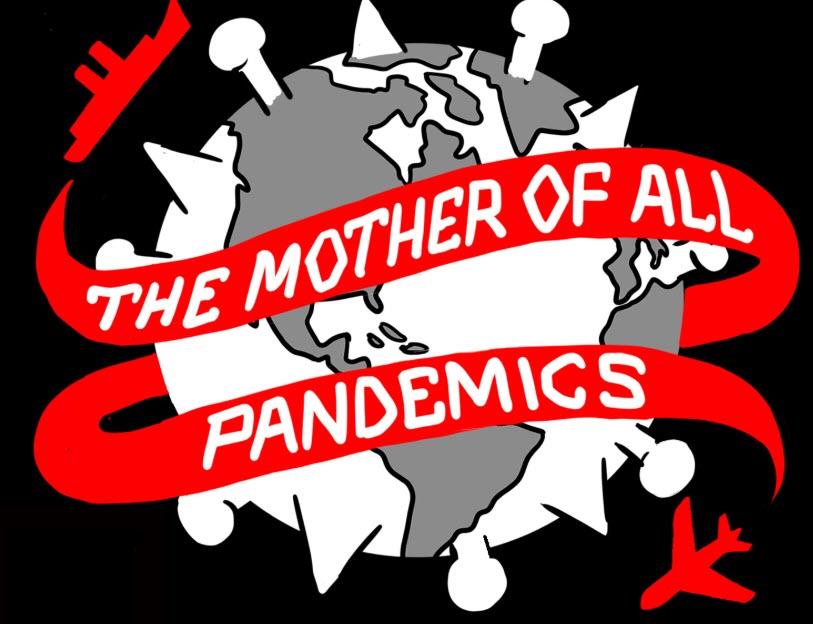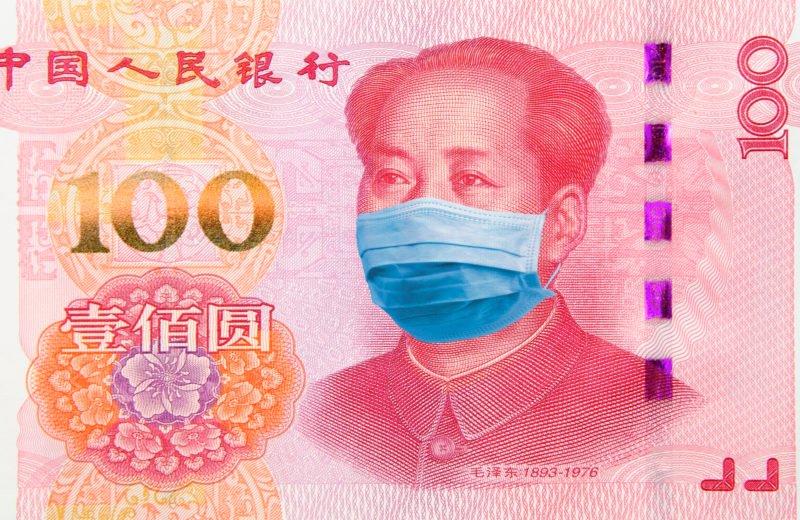The Economics Of Pandemics And Quarantines
Authored by Vincent Geloso via The American Institute for Economic Research,
News out of Wuhan in China generated a wave of fears regarding the spread of the coronavirus. Public health organizations issued guidelines on how to minimize risks of infection and China’s government took the drastic step of sealing off Wuhan.
The story is unfolding in a manner very similar to the Ebola outbreak a few years back. Authorities react with strong measures such as quarantines and travel bans to restrict contagion. On its face, such measures appear – purely from the vantage point of public health issues – reasonable. However, economic theory suggests the possibility that extreme measures such as sealing off a city, a travel ban or quarantines may actually make things worse.
First, it is necessary to point that pandemics have, since the 19th century, fallen in importance. For example, a 2006 article in Emerging Infectious Diseases compared the influenza epidemics of 1918, 1951, 1957 and 1968 in England, Wales, Canada and the United States and found that death rates at each outbreak kept falling relative to the previous one.
Using a longer time horizon that has some uncertainties about case fatalities, a 2001 article in the Journal of Applied Microbiology documents a rapid collapse in influenza-related deaths (which when combined with population figures suggests a faster collapse in death rates). Other articles find that, since the 1950s, death rates from different strains of influenza have stabilized at historically low levels in spite of the fact that we live in a world with more travel, more exchange and more social connections (i.e. more chances to transmit infectious diseases).
And these numbers speak only to influenza. Deaths from other forms of infectious diseases are at historically low levels if they have not disappeared entirely. Thus, it is necessary to place the current situation in a historical context. This does not invalidate the idea that there are serious costs from currently observed pandemics: estimates place this figure at 0.6% of global income which is not a trivial figure especially in lower-income countries where the costs are more than twice as high.
But why could quarantines and travel bans be problematic?
The answer is that it all boils down to how people affected by the public health policy responses perceive costs.
Consider the following thought experiment constructed by Alice Mesnard and Paul Seabright in the Journal of Public Economics. People who live in areas with high prevalence of infectious diseases face costs in the form of higher risks of infection. Thus, the uninfected who understand accurately their own infection status stand to gain from migrating away. As a result, they implicitly quarantine the disease and reduce the potential for contagion. This is what Mesnard and Seabright call “first best.”
However, if individuals at risk are uncertain of their infection status (i.e. they either contracted the disease but are still unaware of it or they are uninfected), their decision to migrate can allow the disease to spread. The hiccup comes from these individuals in that setting of imperfect information.
If a quarantine is applied, those at-risk individuals are stuck with the already infected. This increases their perception of costs and, by definition, lead to investing more in trying to migrate. If they are unaware that they are already sick but manage to escape the quarantine area, they spread the disease. Thus, a quarantine that is too extreme induces a behavioral response to more aggressively attempt to escape the quarantine.
In the end, this may increase infection rates.
This potential backfire of public health measures suggests the possibility that milder measures might be cheaper and more effective in containing infectious diseases. For example, one article in PlosOne studied purchased flights that were missed by passengers in relation to news trends regarding infectious diseases.
In other words, the people who missed their flights because they feared infections. This defensive move on the part of private individuals came at a cost of $50 million over two years. The same study found however that news sources were highly inaccurate in depicting actual infectious cases, but people still responded to media reactions.
The authors of the paper point out that had passengers responded to actual cases of infections rather than news scares, the cost of $50 million could have been reduced to half that figure. This suggests that clearer risk communication could improve people’s understanding of their constraints. As such, individuals self-quarantine themselves and reduce the risks of contracting the disease.
The contrast provided above suggests that soft-handed measures are cheaper and more effective in diminishing contagion than heavy-handed measures. This is something worth bearing in mind as news keeps unfolding about the reaction of authorities in China to the outbreak of the coronavirus.
https://ift.tt/2tN3fnz
from ZeroHedge News https://ift.tt/2tN3fnz
via IFTTT






0 comments
Post a Comment